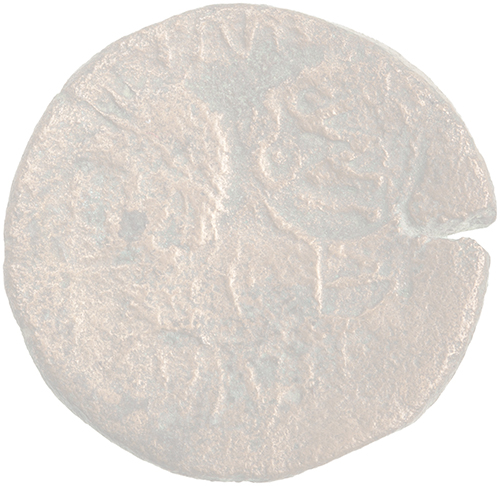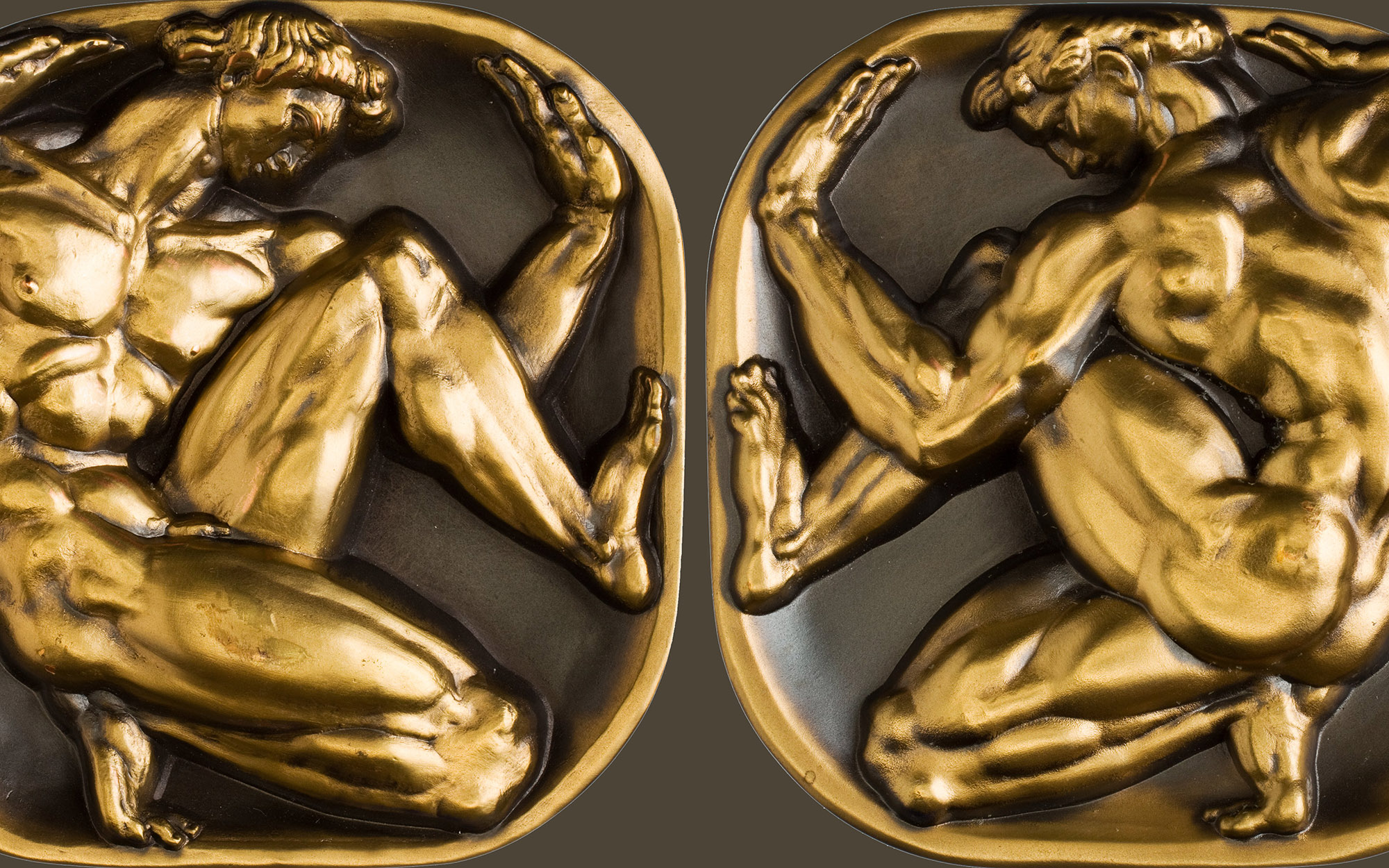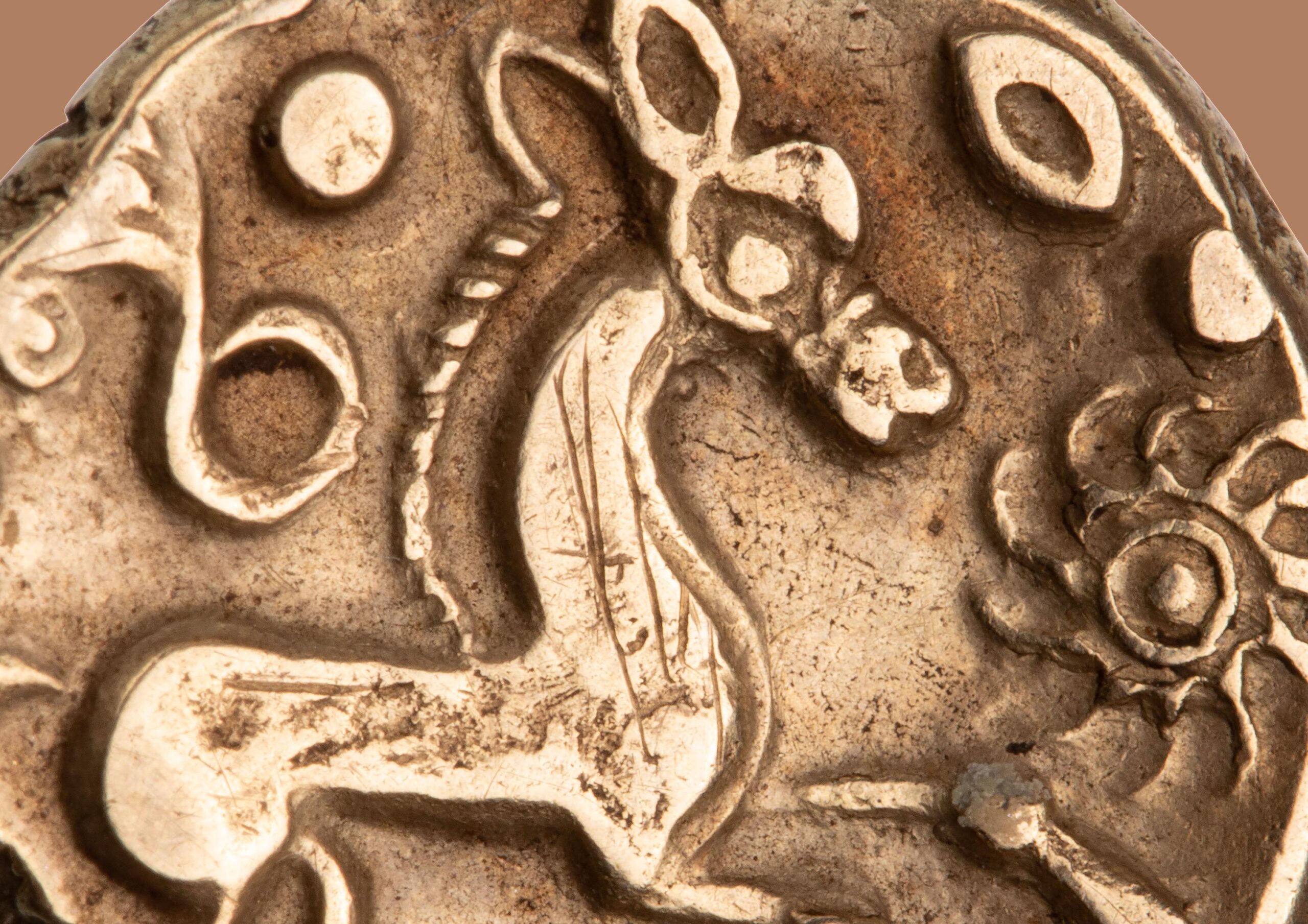The Coins That Aren't There

It has long been said that absence of evidence is not evidence of absence. This is an essential principle in archaeology, where the formation of evidence is usually very complex and poorly understood. Various alternative possible explanations are always conceivable for the patterns observed. Nevertheless, when enough evidence is accumulated, the absences and deficiencies become more informative. With durable archaeological materials such as coins, rather than just looking for patterns in what is there, it can be as useful to look for the patterns in what is not there.
Let us consider the numismatic finds, so far only partially published, from the Abbey of Saint Peter of Psalmodi in southern France. This site, excavated by a team from Williams College between 1970 and 1989, was the location of a monastery documented from the late 700s until its secularization by Pope Paul III in 1538. Excavation revealed a long and complex sequence of occupation stretching, with some possible interruptions, from the mid-400s until the present, with sporadic earlier use of the location going back to prehistory. The archaeology does not indicate conclusively whether occupation was continuous or interrupted, but there is historical reason to suppose there may have been interruptions in the mid-700s and in the 900s.
Before the fifth century, the only numismatic indicator is a cut half as of the Roman city of Nemausus. This is what one might reasonably expect for a site with sporadic low-intensity use, including during the first century when these coins were in use.
For the period from the fifth century to the eighth, when the site had substantial occupation, though its nature is not documented in written sources, the only numismatic indicator is a pseudo-imperial tremissis, found redeposited in a later (perhaps twelfth-century) level. This was a relatively high-value coin; low-value coins that could have been used within the same economy—such as Roman, Vandal, Ostrogothic, Byzantine, or Burgundian bronze nummi—were not found. Such coins can sometimes easily be mistaken for pebbles, but presumably if they were present in any significant number, some would have been recognized as coins.
By the time of Louis the Pious in the early 800s, Psalmodi was an important, royally favored monastery. The approximate ninth century is well attested archaeologically in the excavation, in both architecture and pottery. However, no coins of the period were found. This is an interesting observation to which we will return.
The period when Psalmodi’s wealth and influence are best attested historically are the eleventh, twelfth, and thirteenth centuries. In this period, the abbey was almost completely reconstructed with much grander architecture, evidently at great cost, to judge from historical records of indebtedness. Yet the only numismatic finds are two regional deniers, one of Melgueil and one of Anduze, dating to the twelfth or thirteenth centuries.
The later medieval history of the abbey is usually seen as one of economic decline, from the fourteenth century to the early sixteenth, but this is the period to which most of the numismatic finds belong. These include a fifteenth-century hoard of perhaps a couple dozen coins (partially recorded but unfortunately no longer available for study), French royal coins of the fourteenth to sixteenth centuries, a few regional coins (of Orange and the Papal State), and numerous brass counters (jetons). The French royal coins were mostly blancs of white billon, rather than low-denomination deniers and doubles of base billon.
The period from 1538 to 1970 is again, interestingly, unrepresented in the numismatic finds. There was certainly occupation on the site for much of this period, seen in ceramic finds for example.
There are many different factors that must have contributed to these patterns. The tenant farmers of the early modern era probably had less cash on hand than a wealthy monastic establishment, for example. And the fourteenth and fifteenth centuries are more abundantly represented in the site’s ceramic assemblage than the eleventh to thirteenth centuries, so one might expect more coins also.
But these factors do not fully explain all the disparities. Coins of the ninth and eleventh centuries are rarely found in excavations in southern France. When this wider pattern is combined with their absence at Psalmodi and the documented history of the site, it seems clear that there is a real difference between period in the use of coins. In the fifteenth century, coins were clearly much more available for casual use (and thus possible loss) than they were in the eighth or eleventh centuries, with the period from the twelfth to the early fourteenth falling somewhere in between. And this difference, then, between present evidence and absent evidence, points to real differences in the monetary economy.
It is very difficult to quantify the medieval economy, and indicators like this are important clues to real changes. The pattern would be significantly different in other regions of Europe, but in this corner of southern France, the Carolingian and feudal periods were more coin-scarce than the period of the economic transformation of 1150–1350, but even that period was coin-scarce compared to the period after the Black Death.




